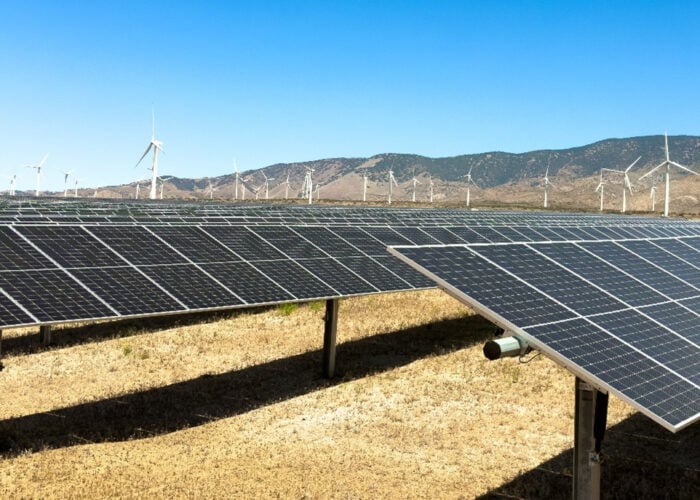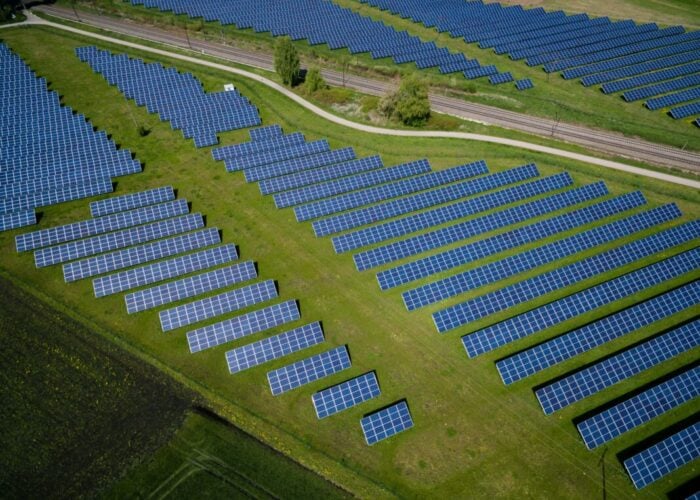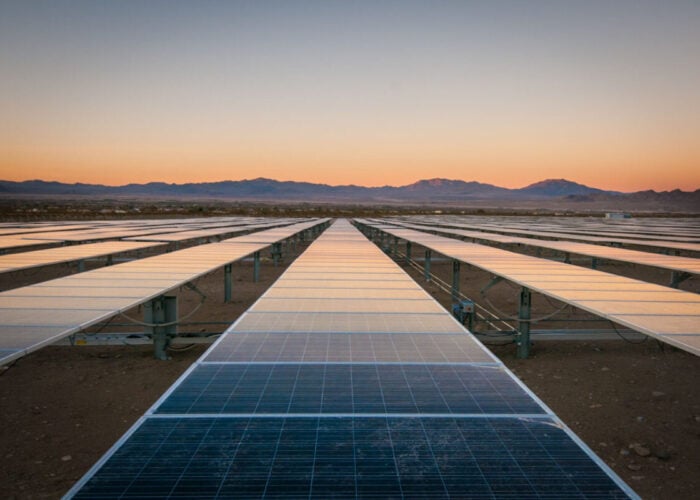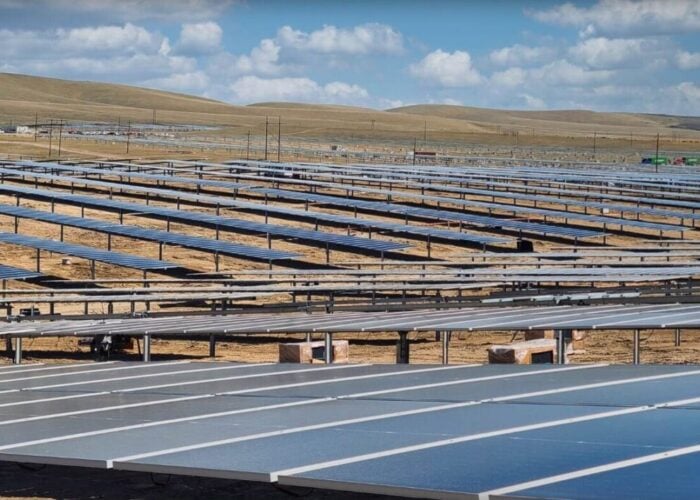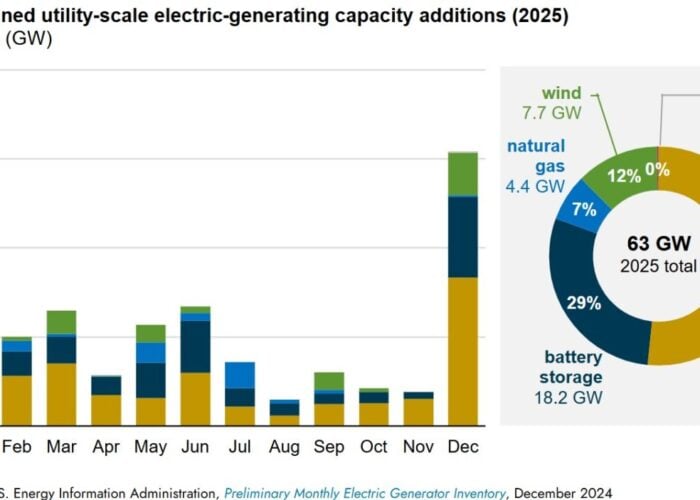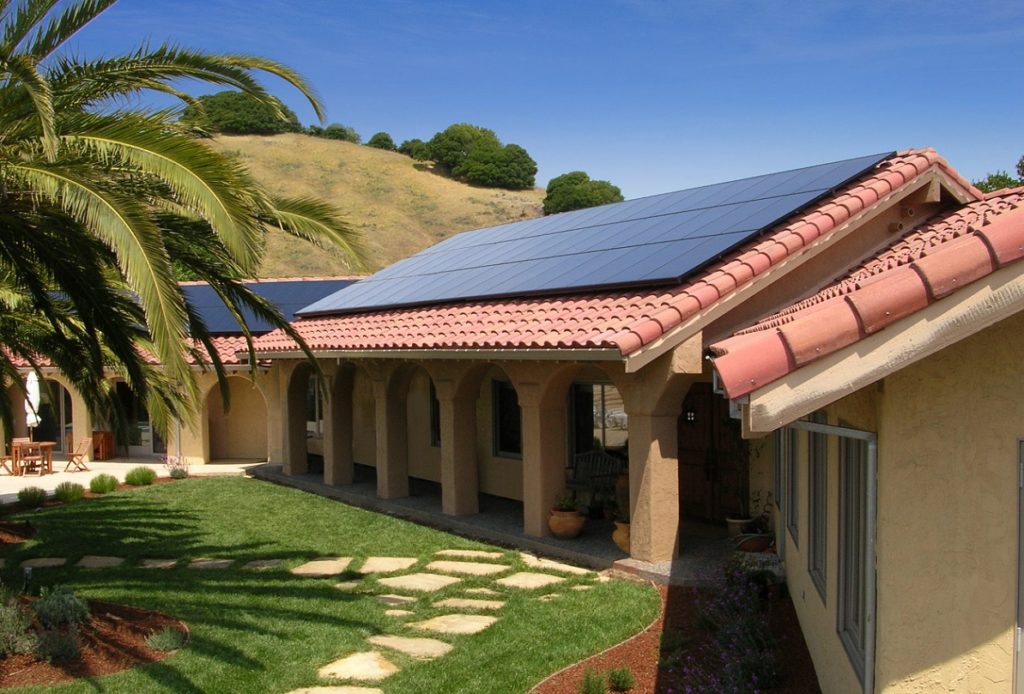
Trade body the California Solar & Storage Association (CALSSA) warned celebrations from the California Energy Commission (CEC) over the state’s renewables progress were premature, citing ongoing concerns over the future of net metering.
New data from the CEC, published this week, showed 34.5% of electricity in 2020 came from solar and wind. When adding nuclear and hydropower., a total of 59% of California’s power originated from low carbon sources, putting the state of California ahead of its plans to reach 100% of clean electricity by 2045, it said.
Unlock unlimited access for 12 whole months of distinctive global analysis
Photovoltaics International is now included.
- Regular insight and analysis of the industry’s biggest developments
- In-depth interviews with the industry’s leading figures
- Unlimited digital access to the PV Tech Power journal catalogue
- Unlimited digital access to the Photovoltaics International journal catalogue
- Access to more than 1,000 technical papers
- Discounts on Solar Media’s portfolio of events, in-person and virtual
Bernadette Del Chiaro, executive director of CALSSA, said: “California should be proud of its clean energy leadership, and we have the California Energy Commission to thank for much of that progress.
But, Del Chiaro warned, the state must not now rest on its laurels.
“With less than 35% of our electricity coming from renewable resources today, it is premature to celebrate, and especially so as utilities continue their attack on California’s renewable energy bright spot: rooftop solar.”
California’s rooftop solar made headlines in December 2021 when the California Public Utilities Commission (CPUC) proposed to slash rooftop solar credit targeting net energy metering rules, known as NEM 3.0.
While the CPUC eventually decided to halt its decision on the controversial changes for NEM 3.0, the industry is still awaiting clarity over the future of net metering with an alternative PD said to be in the works.
Del Chiaro said that while utility-scale renewables “has not grown significantly for several years”, rooftop solar added more than 1GW of energy in 2021, as data from California Distributed Generation Statistics showed.
Indeed, the CEC report published highlighted that data for California’s wind and solar electricity share actually decreased from 2019 when it represented 36%. Del Chiaro said the data usually “does not include rooftop solar, or distributed generation, built and maintained by consumers.”
“Rooftop solar, which continues to grow especially among middle- and working-class communities and added more than a nuclear-power plant worth of renewable energy last year, is under attack,” she added.
Earlier this month, a recent report stated the need of 53GW of solar PV and 37GW of battery energy storage systems by 2045.
Soon after, the CPUC approved plans to add more than 25.5GW of renewables and 15GW of storage in the state by 2032.

